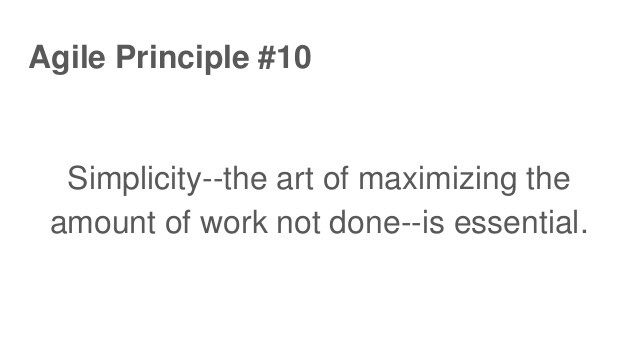Teaching New Product Owners
- Mark Rajpal

- Dec 1, 2019
- 2 min read

The role of a Product Owner can be especially intimidating for those that are new to the role. Many organizations that are looking to fill the role immediately look to their business analysts. There are many cases where that transition works well. However, that is not always the case. Simply put, a product owner is NOT a senior business analyst. In fact, there are many examples where testers or project managers have been able to fulfill the Product Owner role. Let's get back to the theme of this blog. New Product Owners require guidance. Guidance (or training) is very different than coaching. It's not that Product Owners don't require coaching, it's just that they need to be taught how to do the role, first. So a new Product Owner should be required to take Product Owner training. There are many out there. The CSPO and PSPO are just a few. Now that the Product Owner has begun their new role, they'll require the assistance of a Scrum Master or Agile Coach to teach them. They'll need others to identify when the Agile values and practices are not being adhered to. Eventually, new Product Owners will be able to do this themselves but in the beginning they need help. One of the things new Product Owners struggle with, is how to prioritize the backlog. Train new Product Owners to identify each backlog item in terms or risk (high/low) and value (high/low). Ideally, high risk and high value items will be prioritized first. This is because the risk needs to be tested as early as possible. Identifying issues earlier will provide more time to react and make better decisions. Low risk and high value items should be prioritized second. This is because Agile focuses on delivering value and we always want to be delivering high value. Low risk and low value can be thought of as low hanging fruit. If the backlog truly contains no more high value items, and there is low risk in taking on some of these other items, then why not. If the backlog contains items that are high risk and low value, you probably want to remove these from your backlog altogether. It really doesn't make sense to work on something that doesn't provide a whole lot of value and at the same time it's highly risky.

Once Product Owners get familiar with backlog prioritization, they'll likely start to incorporate their own techniques (which is exactly what you want). For instance, they may replace risk or value with impact/effort/time to market/etc. And as the organization changes, these attributes may change again. Teaching new Product Owners is often understated or even ignored. It's much easier to incorporate good habits in the beginning rather than trying to undo bad habits later on and then incorporate the good habits.



Comments